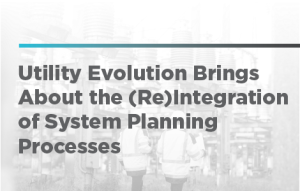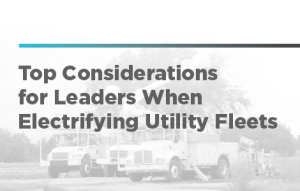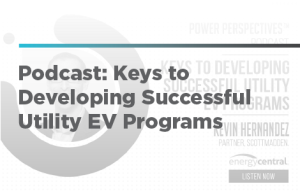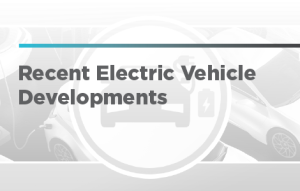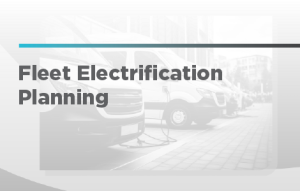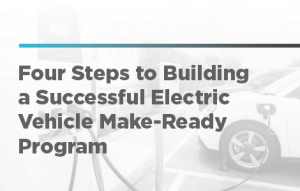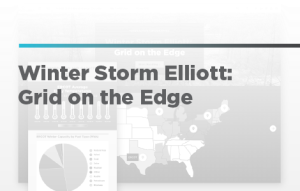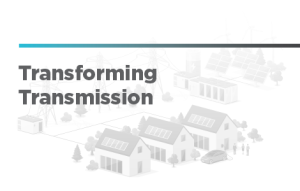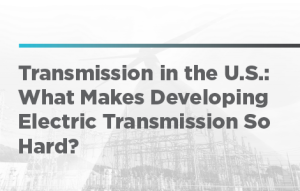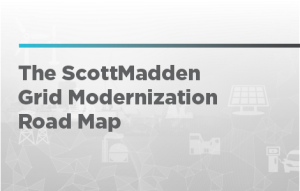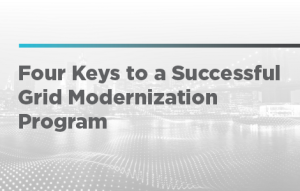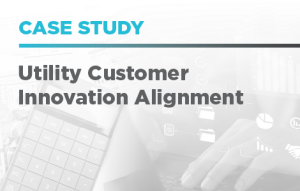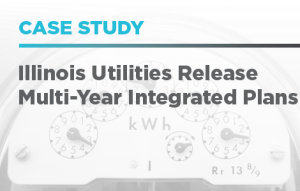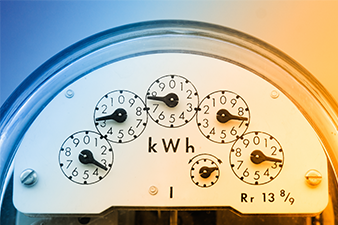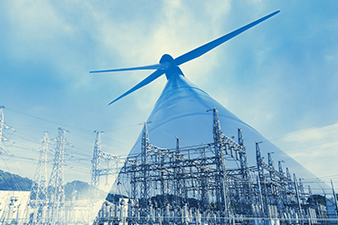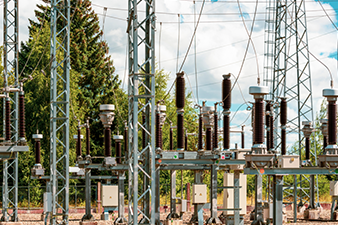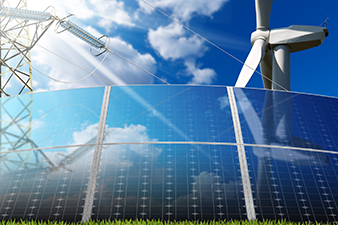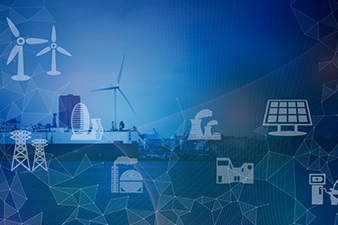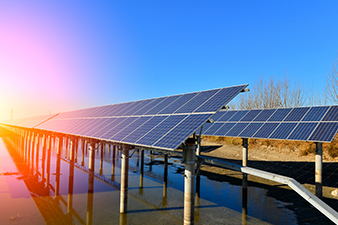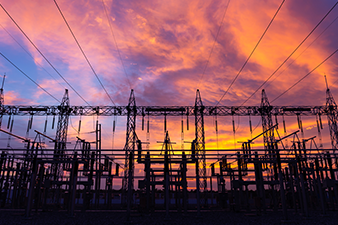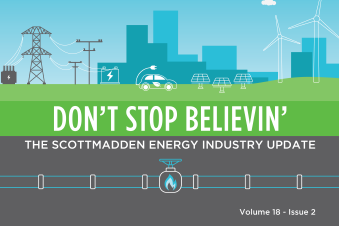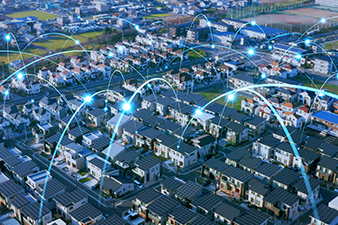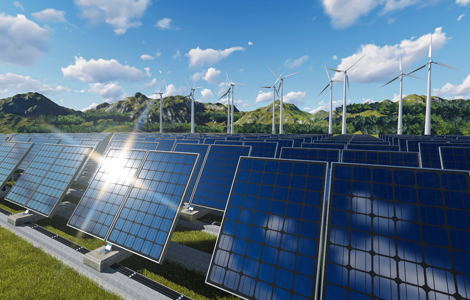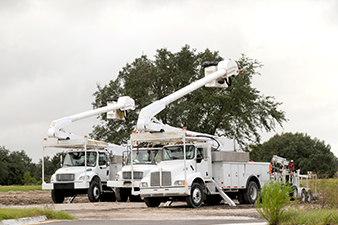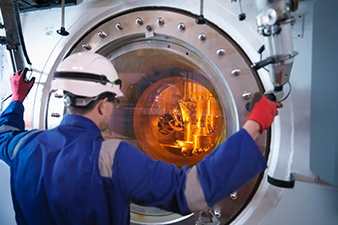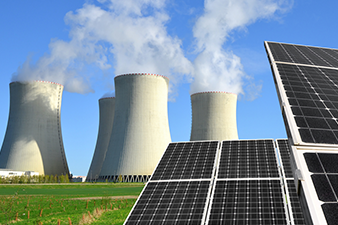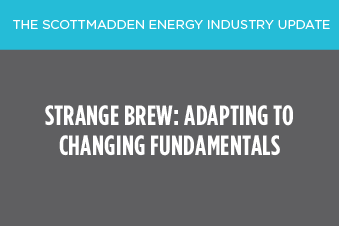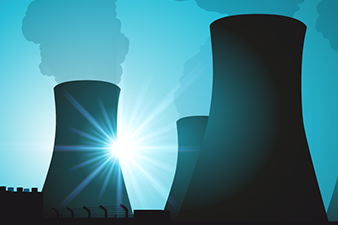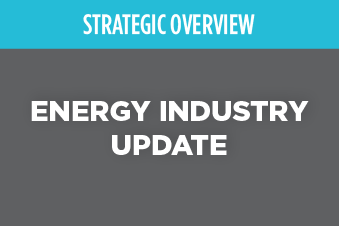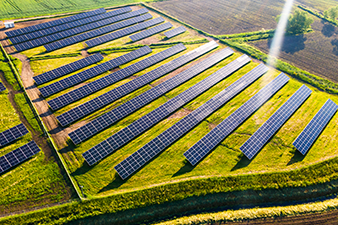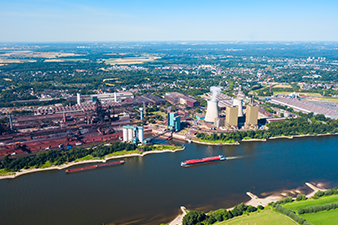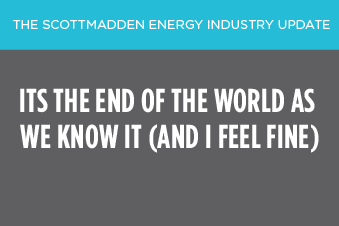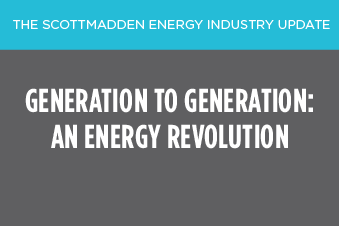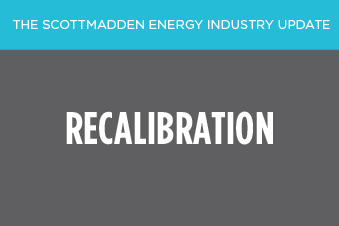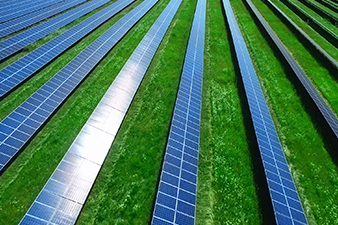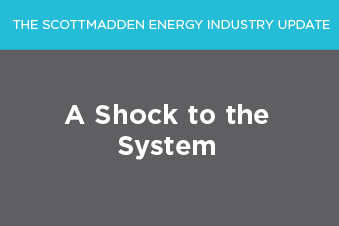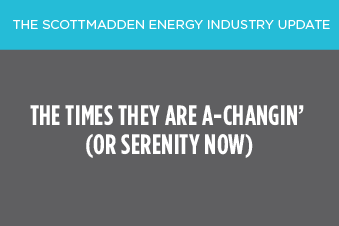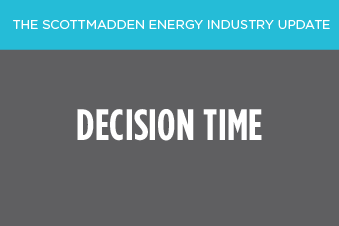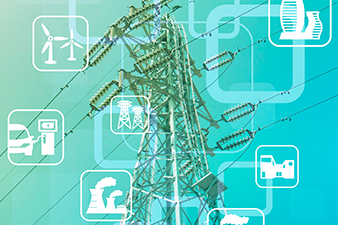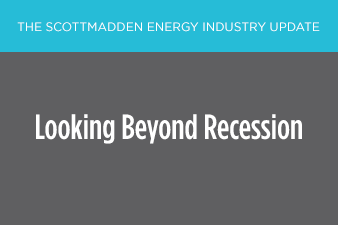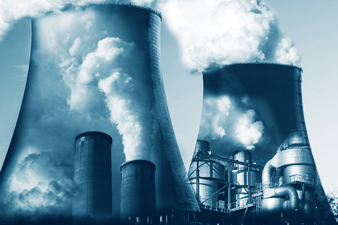Momentum toward a clean energy future continues. When we consider the various commitments to clean energy being made by both utilities and other corporations, efforts to electrify transportation, and the significant strides in development of clean technologies, the transition has seemed certain, manageable, and near-at-hand.
However, as the industry begins to take action to achieve these goals, the difficulty of the task ahead has become evident. No one thought this transition would be easy, but challenges are emerging that were difficult to anticipate, whether significant weather events, geopolitical conflict, sticky inflation, or enduring supply chain and labor challenges.
Utilities and regulators across the United States continue to focus on ambitious greenhouse gas reduction targets, and the energy industry is strategizing how to achieve the clean energy transition. The “how” matters a lot as investments will have to be made across the utility value chain—from energy generation to transmission & distribution to the grid edge. These investments will come in the form of new technologies being deployed at scale (like energy storage and hydrogen) and traditional infrastructure investments deployed for new purposes (transmission to interconnect renewables). And this all needs to be done while maintaining reliable service and keeping customer rates affordable.
Importantly, as the industry focuses on the electrification of transportation and end-use heat, electric loads are expected to increase by 40% to 60% (or more) between now and 2050.1 Not only will new investments across the value chain be required, but they will have to be installed to meet amounts and types of loads the power system has never seen and demand that will behave differently than it used to.
Generation Mix
As we contemplate the energy generation mix, significant investments are expected in intermittent renewables, which raises the question of the role of baseload power and the need for the minimum amount of electric power needed to be supplied to the electrical grid at any given time.
The new generation mix will be different but how and when matters. Natural gas generation will likely continue to play a significant role for the foreseeable future. How does this complement of resources meet the electric loads anticipated in the coming decades? How will new technologies such as advanced nuclear reactors and fusion develop to help meet these needs? What role will grid-scale storage play? How do generators manage their assets for an uncertain retirement date depending upon reliability needs?
Related Insights
Energy Transmission
Transmission is once again literally and figuratively at the center of the energy future (and yes, some of us remember when it took center stage 20 years ago). Without transmission connecting new generation resources, including those distant from load centers, the United States will not meet its clean energy goals. As such, incentivizing the right transmission to be built in the right places is critical. FERC is working on several fronts to address the various challenges facing transmission development. Will that be enough?
Related Insights
Grid Modernization
As customers purchase electric cars and add solar panels and batteries to their homes, the distribution side of the grid is rapidly changing. Utilities are learning to manage the grid differently and are investing in technologies that enable capabilities not even contemplated 20 years ago. The combination of customer demand, regulatory enablement, enhanced demand management, and energy efficiency are shifting how the grid is operated.
How We Help
As companies contemplate the “how” of this transition, ScottMadden can help. We work in every business unit and every function and understand how these changes will impact you and your team. We work with you to meet these strategic imperatives while continuing to focus on what you and your team have always done—keeping the lights on and customer costs reasonable.
